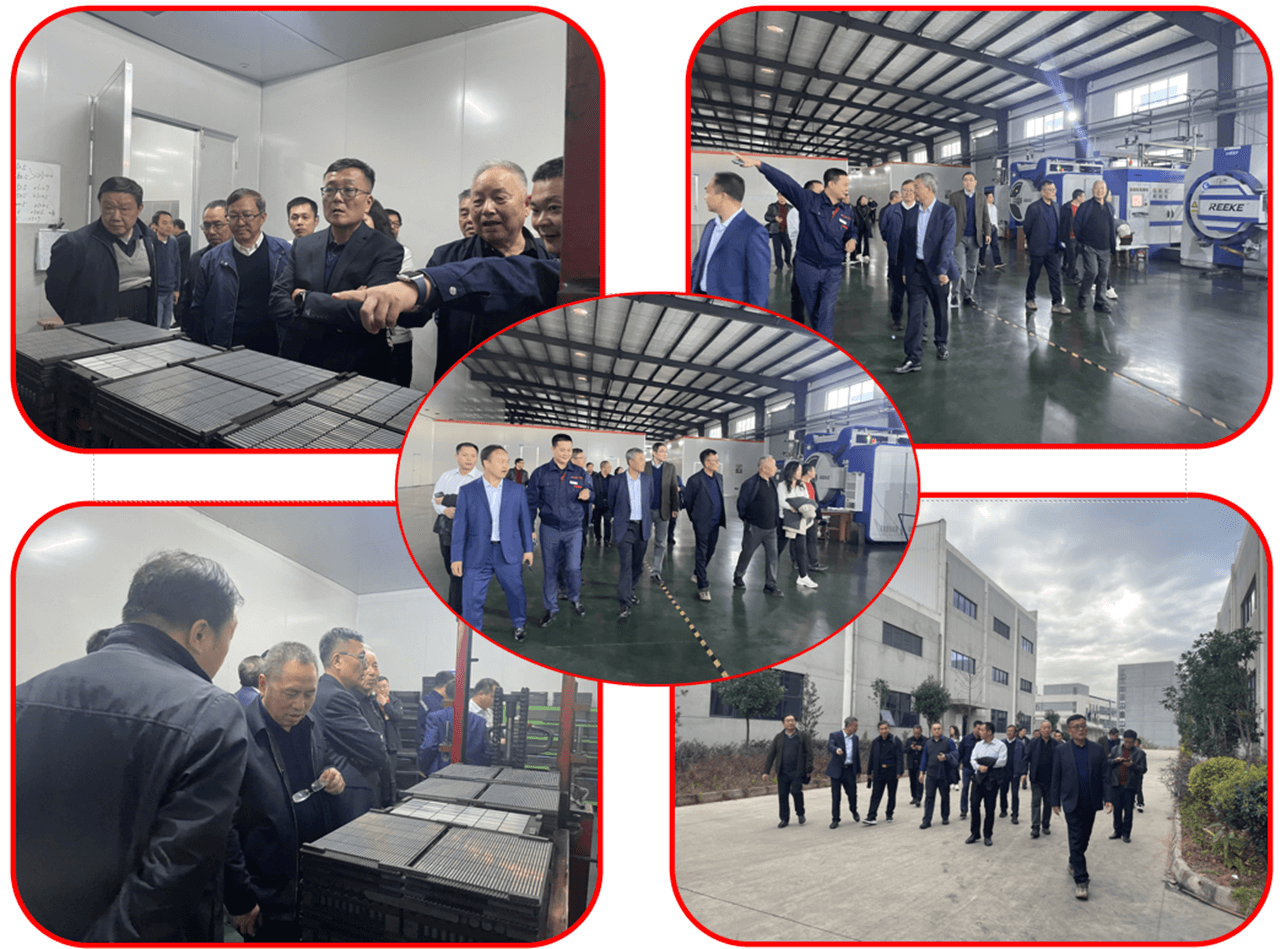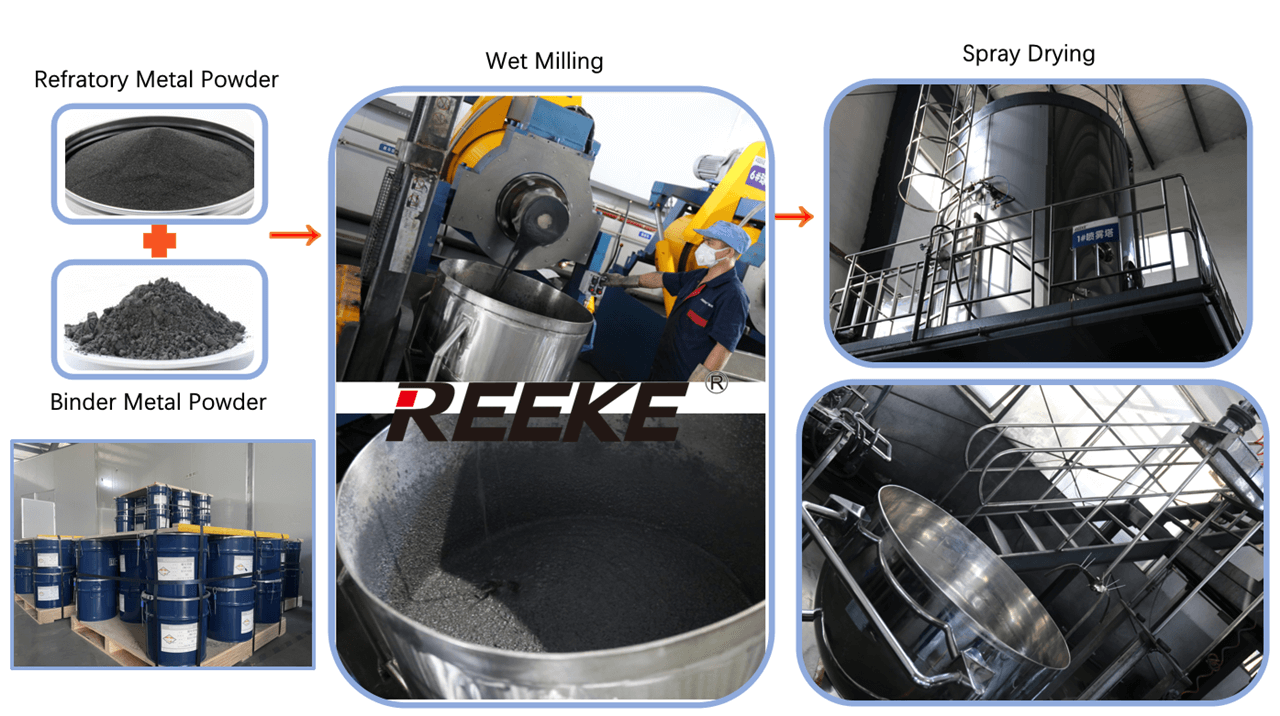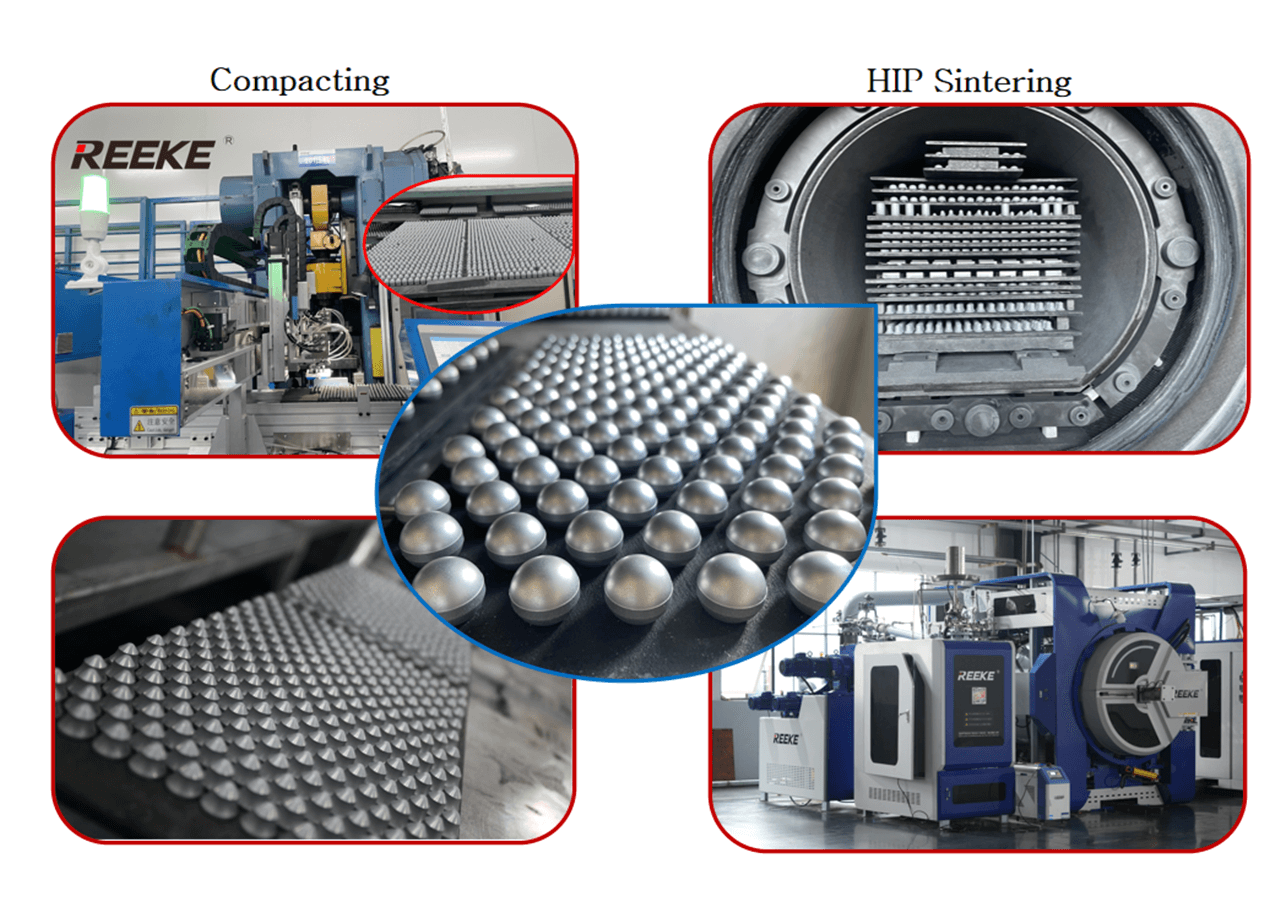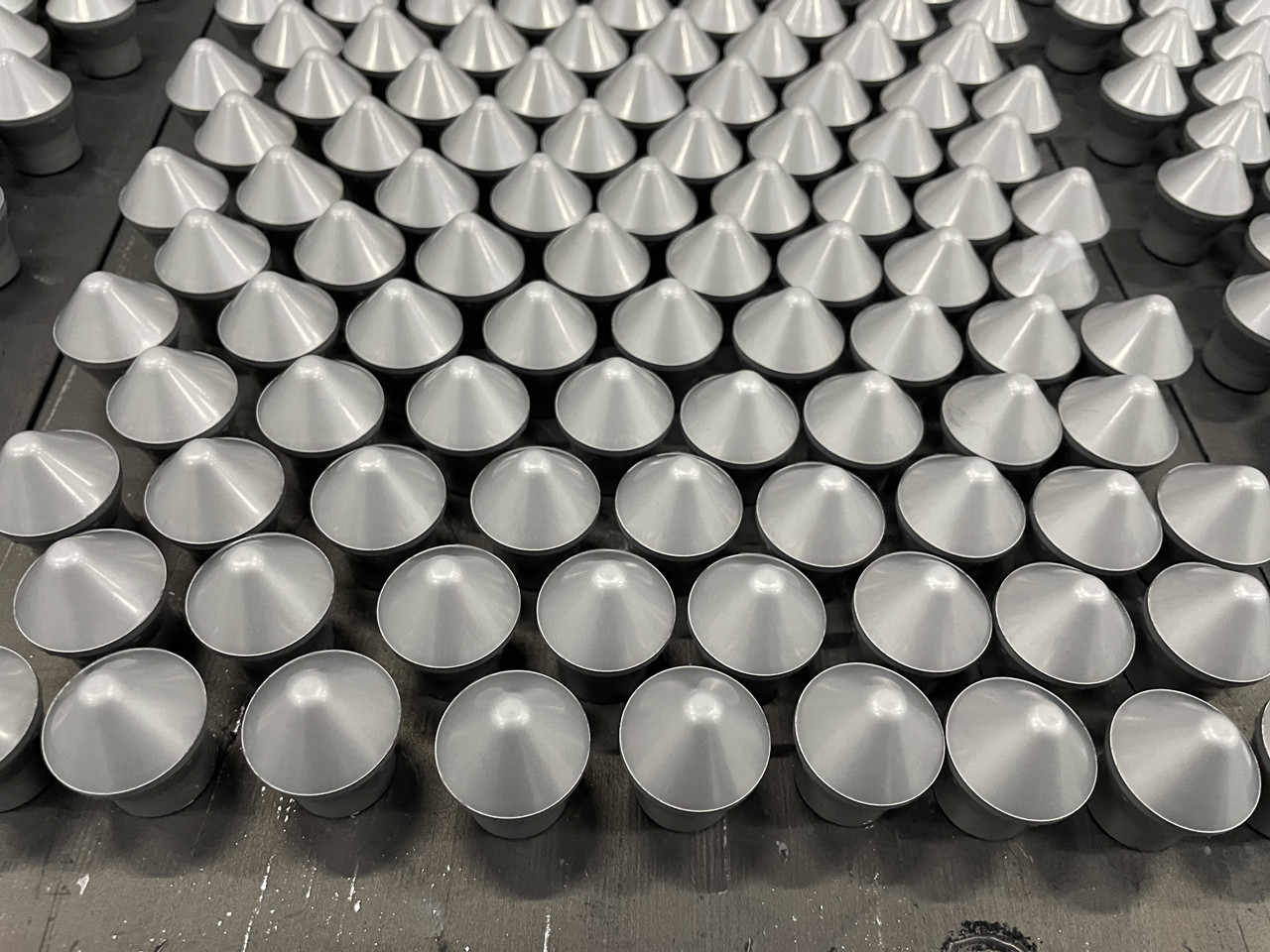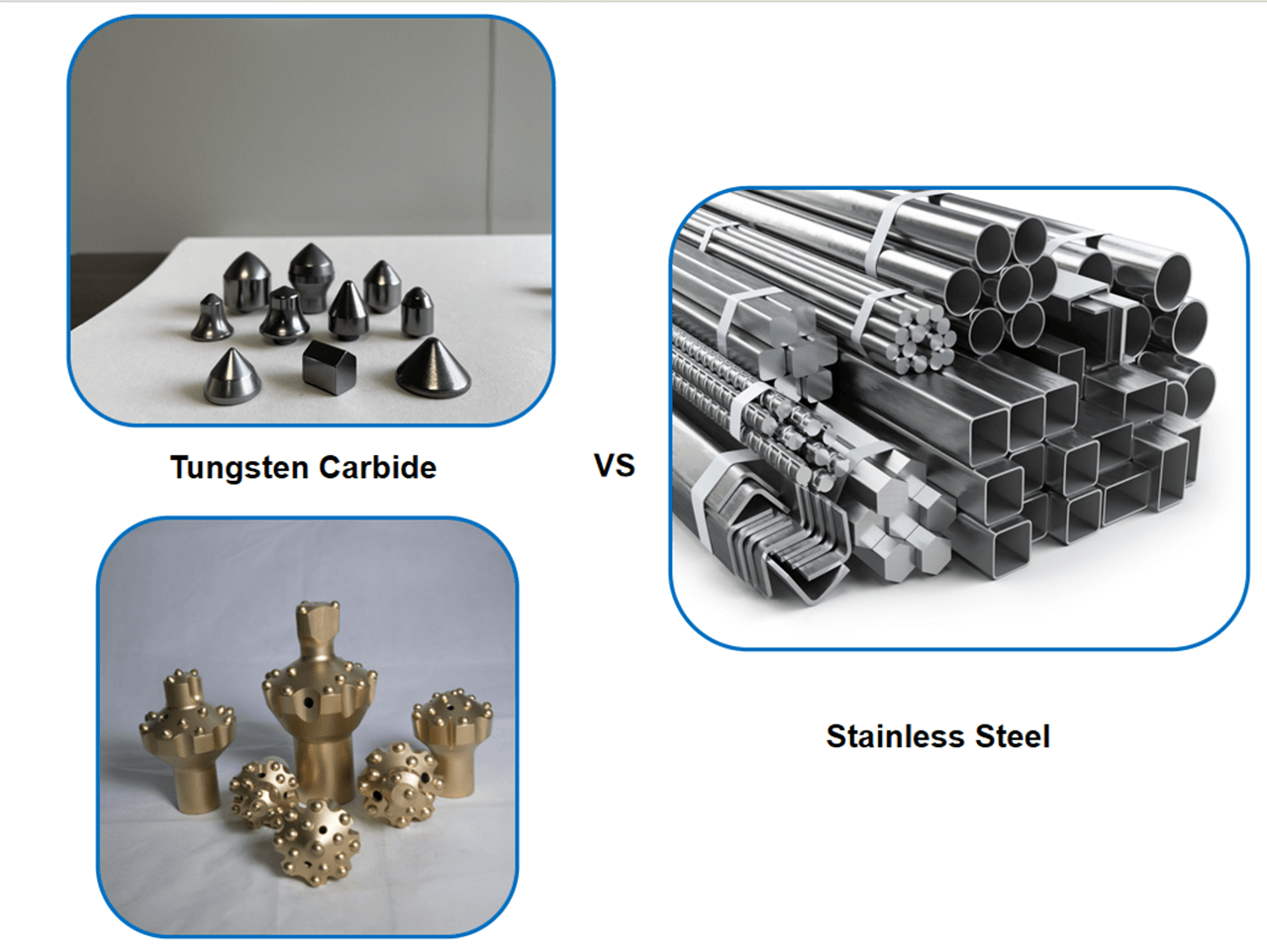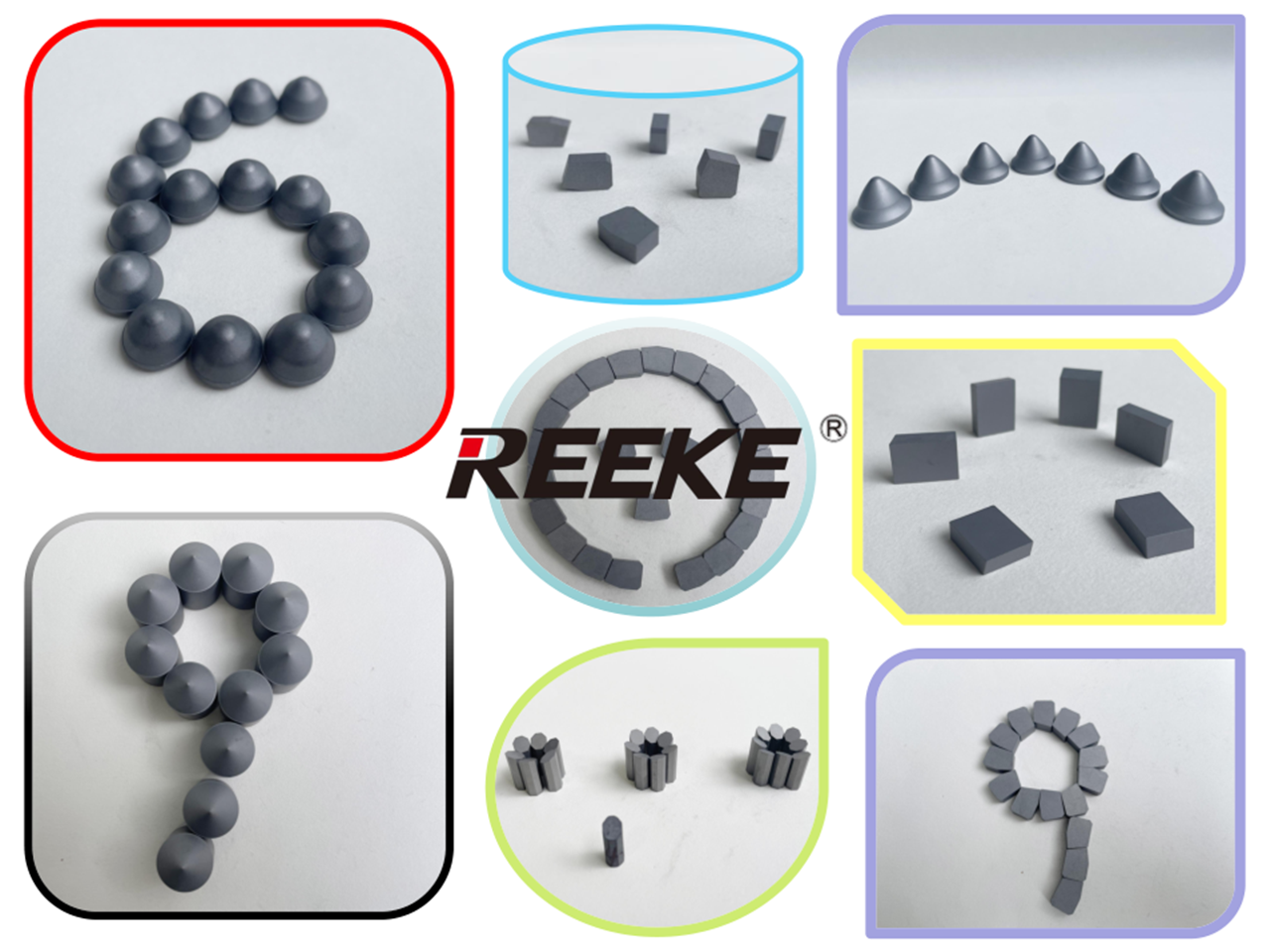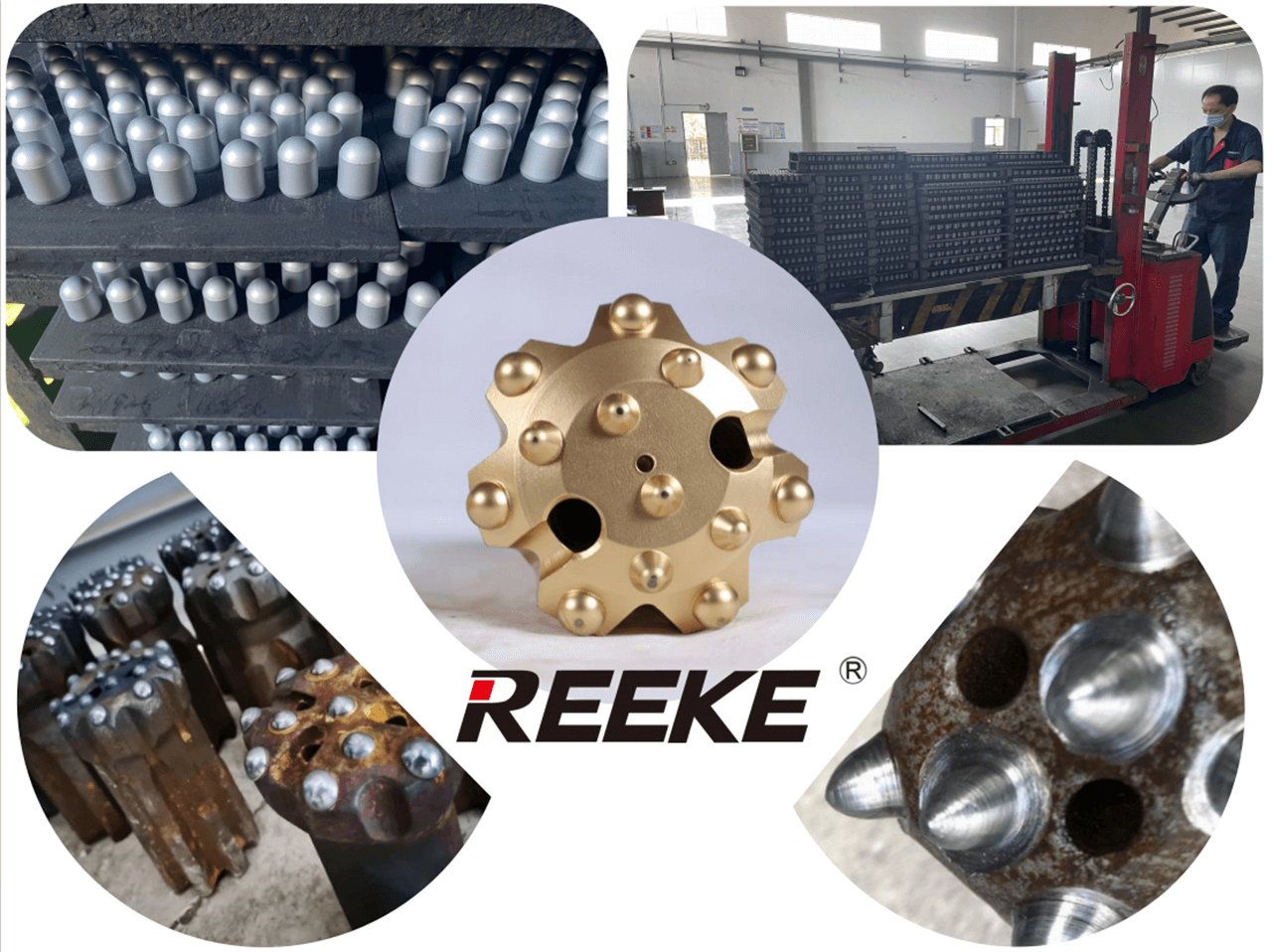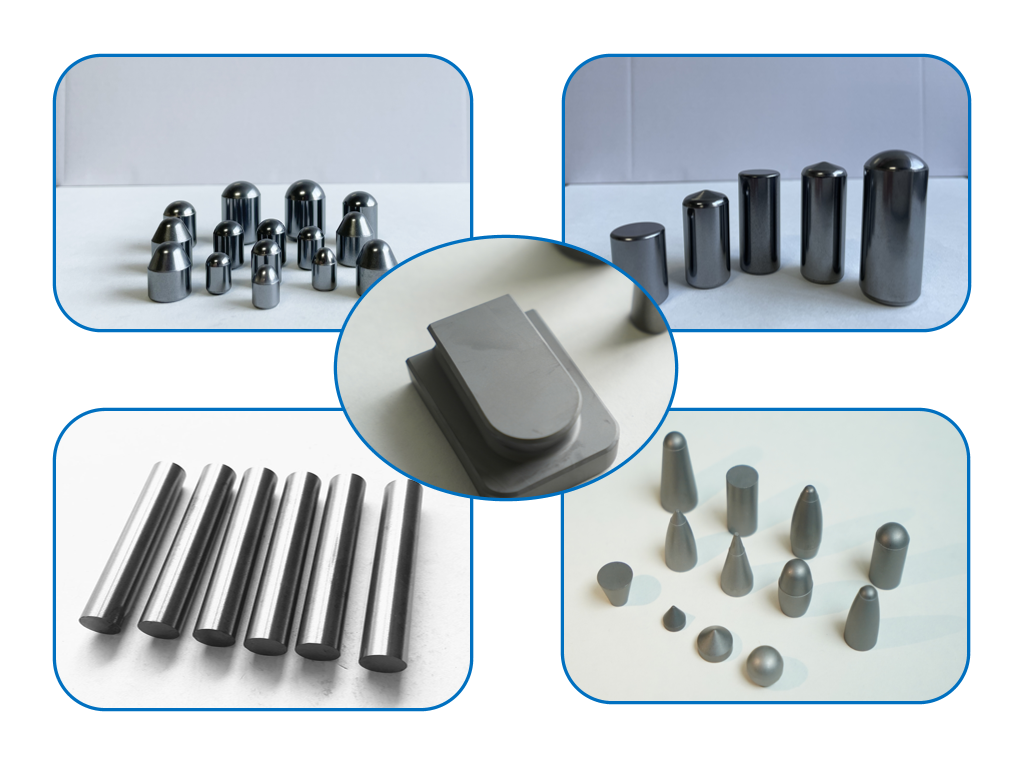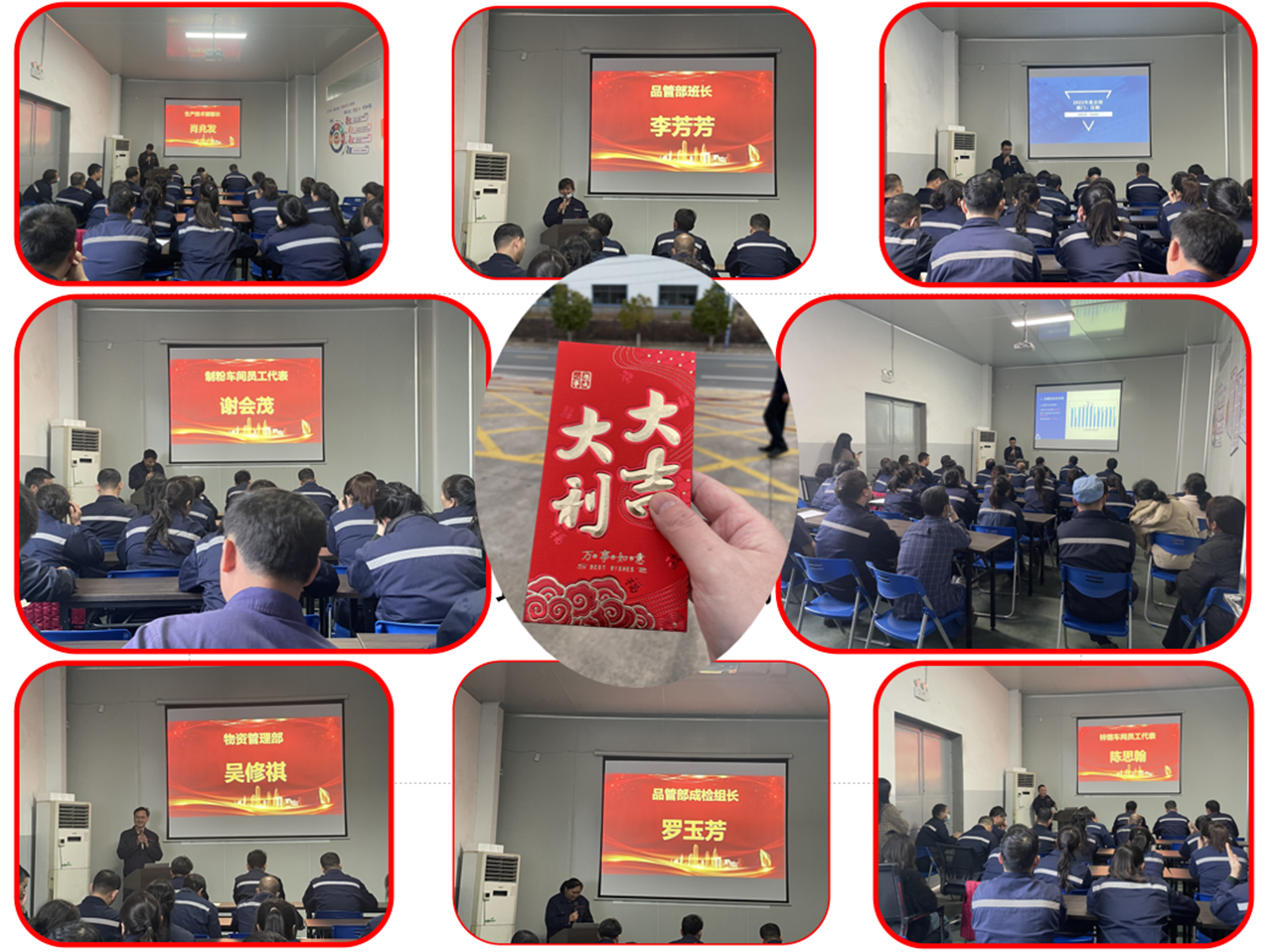How Tungsten Carbide is Made: From Raw Materials to Exceptional Performance
Tungsten carbide is an extremely versatile and durable material used in a wide range of industries. Understanding the production process of tungsten carbide can help provide insight into the production of this extraordinary material. In this article, we will detail each step in the production of tungsten carbide, from sourcing the raw material to realizing its outstanding performance.
How Tungsten Carbide is Made: From Raw Materials to Exceptional Performance
Tungsten carbide is an extremely versatile and durable material used in a wide range of industries. Understanding the production process of tungsten carbide can help provide insight into the production of this extraordinary material. In this article, we will detail each step in the production of tungsten carbide, from sourcing the raw material to realizing its outstanding performance.
Sourcing Raw Materials: WC
The production of tungsten carbide begins with the procurement of the necessary raw materials. Tungsten ore, usually in the form of scheelite or wolframite, is mined and processed to obtain tungsten. Carbon, usually in the form of petroleum coke or anthracite coal, is used as the carbon source. Both tungsten and carbon undergo a purification process to ensure that the material from which tungsten carbide is synthesized is of high quality.
Adding Binder: Binder Metal Powder
Binders are often added to tungsten carbide powders in order to improve material properties and facilitate molding. Cobalt is the most commonly used binder metal because of its excellent bonding properties. The binder metal is carefully mixed with the tungsten carbide powder, usually by a process called ball milling. This ensures that the binder is evenly distributed throughout the powder mixture.
Compacting & HIP Sintering
The tungsten carbide powder mixed with the binder can now be molded. Depending on the desired end product, different techniques such as powder injection molding, cold pressing or hot pressing can be used. In these processes, a mold is used to press the powder mixture into the desired shape. High pressure and temperature are then applied to the molded part, usually in a sintering furnace, to bond the tungsten carbide particles and solidify the material.
Finishing
After the molding and shaping process, tungsten carbide parts may undergo further finishing steps such as fine grinding, passivation, and sandblasting. These processes help to achieve the dimensions, surface finish and functional properties required for a particular application.
Conclusion
The production of tungsten carbide involves sourcing high-quality raw materials, combining tungsten and carbon through a high-temperature reaction, adding binders, shaping the material through a variety of techniques, and finishing the part as required. This precisely controlled production process ensures that Tungsten Carbide’s excellent properties make it an indispensable material for a wide range of industries.

